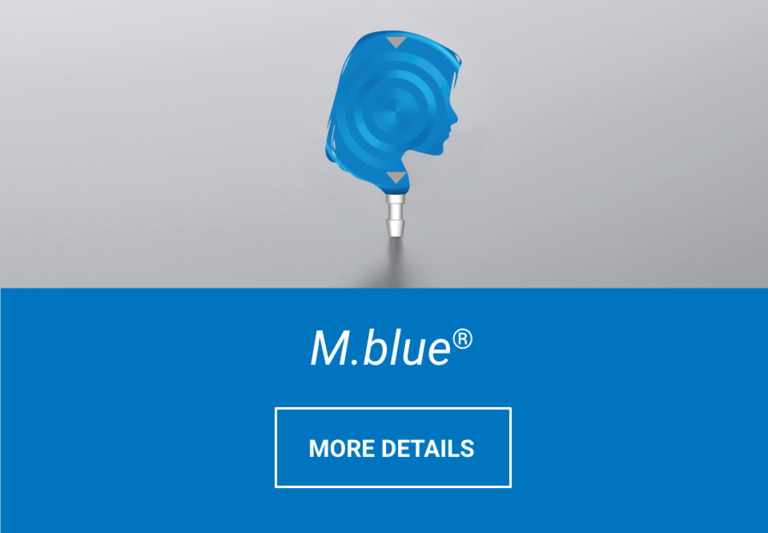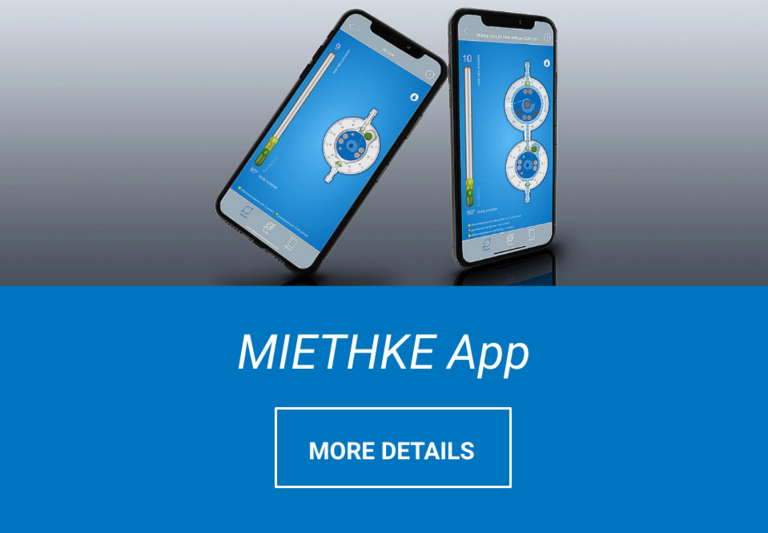
proSA®
FEATURES
first adjustable hydrocephalus valve for the standing body position
efficient protection against over-drainage through individual and infinitely variable adjustable opening pressure from 0-40 cmH2O
quick and easy adjustment
MRI-compatible up to 3 Tesla: no X-ray control after MRI necessary, no additional radiation exposure for the patient
"Active Lock" mechanism: protected against unintentional adjustment by means of exposure to magnets found in daily life, such as those used in smartphones, toys, induction cookers or safety barriers at the airport
precise precision engineering
robust and durable due to the use of titanium
proSA®
FUNCTIONALITY
The proSAis composed of a robust titanium casing whose proximal end contains a ball-cone valve. A coil spring determines the opening pressure of the ball-in-cone valve and the sapphire ball ensures the precise closure of the valve.The weight is connected to the spring and keeps the sapphire ball in its position. In this way, optimal CSF drainage is ensured for each individual patient in any body position. The tension of the spring, and thus the valve opening pressure, can be adjusted by turning the rotor magnetically, with the valve implanted under the patient's skin.

VALVE ADJUSTMENT

1. LOCALIZE
First, locate the proSA feeling the implantation location. The proSA VERIFICATION COMPASS is an auxiliary instrument for locating the proSA.
As the proSA VERIFICATION COMPASS is held above the valve, the floating disc aligns over the adjustable unit of the proSA. The current opening pressure setting can be read from the compass scale.

2. CHECK
Position the proSA VERIFICATION TOOL centrally over the valve. The marking and the readout display on the proSA VERIFICATION TOOL must be in line with the proximal (ventricular) catheter. Press the trigger button to see the actual opening pressure setting displayed on the readout.

3. ADJUST
Select the appropriate opening pressure on the proSA VERIFICATION TOOL.
Position the proSA VERIFICATION TOOL centrally over the valve. The marking and the readout display of the proSA VERIFICATION TOOL must be in line with the proximal (ventricular) catheter. Unlock the rotor ("Active-Lock") by applying mild pressure on the trigger button and then check the setting with the proSA VERIFICATION TOOL.
Learn more about the proSA adjustment tools
About the Tools

proSA® adjustable unit
PRESSURE LEVEL DETECTION IN X-RAY IMAGE
The set pressure level setting of the proSA can be reliably checked at any time with the proSA test instrument without additional X-ray examination.
For detection in the X-ray image we recommend the use of the MIETHKE App. Here, the valve can be individually adjusted according to the X-ray image and a template can be used to reliably read off which pressure level the proSA represents in the X-ray image (in the picture on the right: 4 cmH2O). The recess (on the left side) serves as an orientation in order to ensure thet the pressure level is not inadverently misread.
The selection of the appropriate pressure level of the proSA depends on several factors, including the patient's age, degree of activity, height and stature of the patient. For further information, please refer to our pressure level recommendation.

OUR MIETHKE PRODUCT FINDER
We consider the individual patient situation, surgical technique and treatment plan. The questions are designed in such a way that the list of results provides a maximum of three product recommendations.
DO YOU HAVE ANY QUESTIONS ABOUT THE PRODUCT?
WE ARE THERE FOR YOU
![[Translate to English:] Zwei Marketing Mitrabeiter*innen blättern durch M.scio Prospekte von MIETHKE](/fileadmin/_processed_/f/8/csm_SalesTeam_a8fc997cce.png)
FOR OUR SALES EXPERTS
We are there for you!
Dear sales & shunt experts all over the world,
our toolbox is big. If you need something to make MIETHKE shunts easier to understand or have new ideas, please get in touch with us. We look forward to exchanging ideas and - who knows - maybe what you are looking for is already there and we can easily make it available to you. Or we can develop something with you that could also be very helpful for other markets.
Your MIETHKE Marketing Team

OUR PARTNERSHIP
WITH B. BRAUN
B. Braun and MIETHKE - Together for a better life with hydrocephalus
We have a long and intensive partnership with B. Braun in the field of neurosurgery. We are driven by a common vision: to improve the lives of hydrocephalus patients around the world with innovative solutions.
Our partnership is an exciting combination of B. Braun's nearly 180 years of expertise as one of the world's leading medical device and pharmaceutical companies and our agility as an innovative company and technology leader in gravitation-based shunt technology.
Our strong partner in neurosurgery:
















